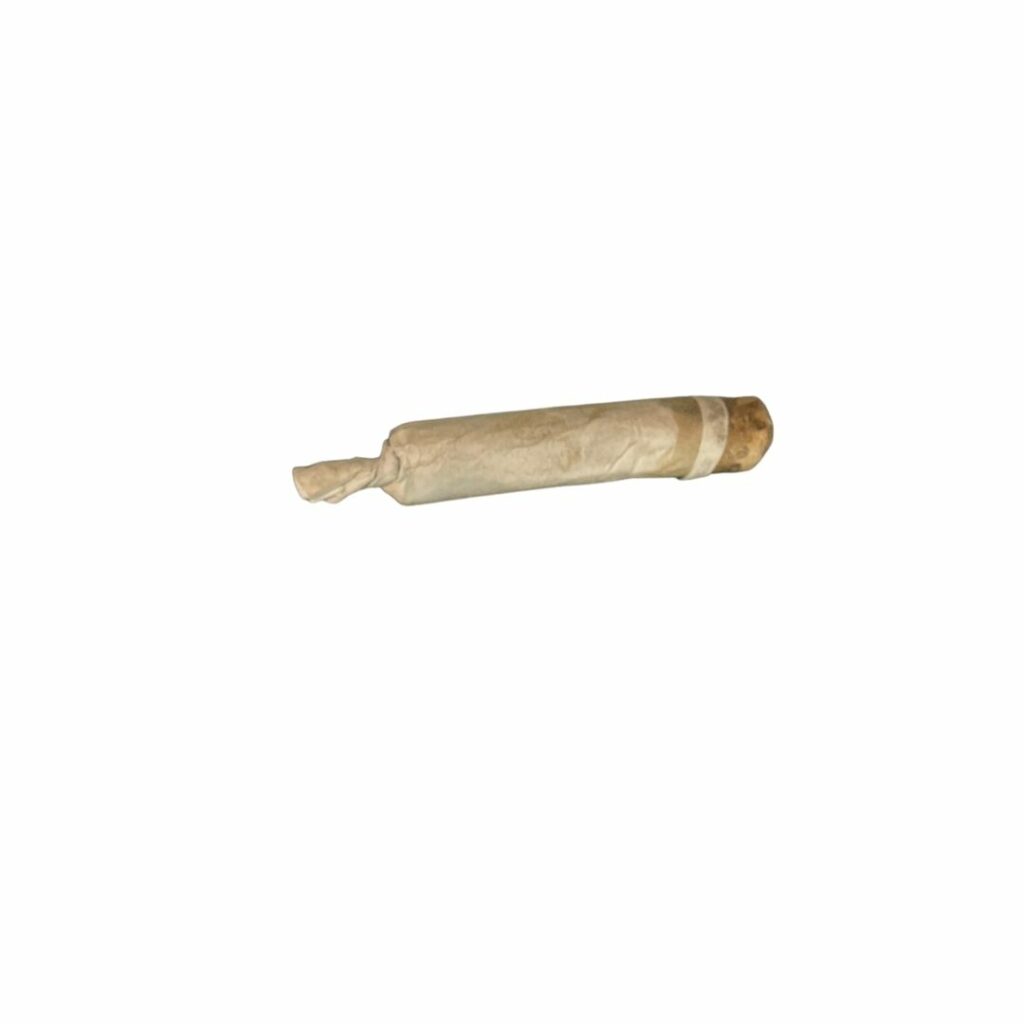Have you ever used the expression ‘bite the bullet’ and then wondered where it came from?
The expression, which means to accept the inevitable impending hardship, was first recorded in Rudyard Kipling’s 1891 novel The Light that Failed. Although the phrase is suspected to have originated during the Indian Rebellion of 1857, where after growing discontent against British Rule, the Indian sepoys revolted against British Rule.
Sepoys were Hindu or Muslim soldier’s native to India, they were traditionally armed with a musket and fought in the armies of the Mughal Empire. However, the term sepoy came into common use when the forces of the British East India Company used it as a category of native Indian soldier who trained with the Europeans and who pledged an oath to the East India Company. Close to ninety-six percent of the British East India Company’s army of 300,000 men were native to India and these sepoys played a crucial role in securing the subcontinent for the company.

A cartridge for the Enfield Rifle-Musket
This is a cartridge for the Enfield rifle-musket, a weapon that was introduced in India in 1856. The cartridge needed to be bitten to tear open the paper casing and load the rifle with gunpowder and a musket ball.
Many Indian sepoy soldiers believed that these cartridges were greased with pig or cow fat which went against Hindu and Muslim religious practices. In April 1857 sepoy troops at Meerut refused the Enfield cartridges and as punishment they were thrown into jail with long sentences. This punishment incensed their comrades, who rose up and shot their British officers and ignited a wider rebellion against British colonial control in Northern India, which started in Meerut then spread to Delhi, Agra, Kanpur, and Lucknow. In India it is often called the First War of Independence.

